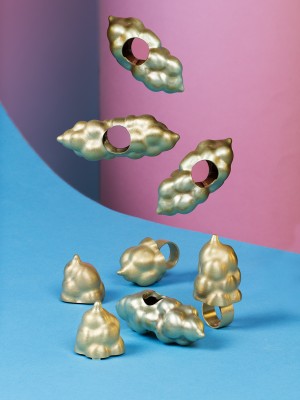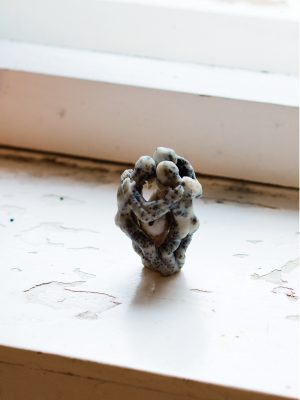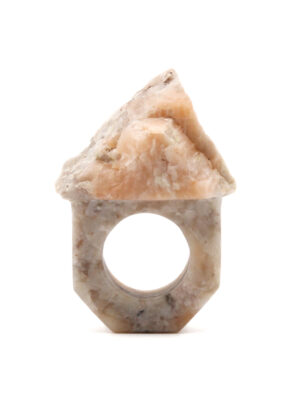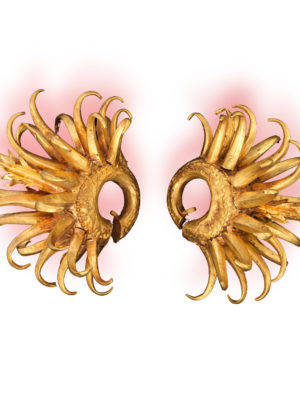At the invitation of the museumŌĆÖs director, Angelika Nollert, Pontoppidan has developed an exhibition that questions political and religious ŌĆśismsŌĆÖ while simul taneously granting ŌĆśsocially awareŌĆÖ contemporary jewellery the status of a movement. Though already an internationally renowned artist and educator, Pontoppidan admits that this was an unprecedented opportunity for her as a curator to show contemporary jewellery through a different lens and in doing so to encourage discourse, both within and outside of the field.


Marina Elenskaya
I’m curious to know what connections, if any, you would draw between your artistic practice, your role as a professor, and your role as a curator? For example, are your decisions as a curator informed by your intimate knowledge of the processes behind the work being made by this new generation of artists, which include current and former students of yours at both Stockholm and Munich?
Karen Pontoppidan
The subjects I engage with as an artist are also reflected in the choices I make as an educator and when curating. My main interest is in examining the relation between jewellery and society, and doing so in the awareness of general social issues such as gender, ethnicity, etc.
When I curate, I understand the assignment to be the presentation of a particular point of view or the pointing out of a particular aspect within a larger field. When artists are invited to curate, this is very often the intention, and rightfully so. When talking about the concept for the exhibition, it is important for me to stress that the selection of artists was subjective ŌĆō and could be nothing but subjective. The concept dictated that I would choose pieces that in my opinion fit the idea of Schmuckismus. The artists themselves then added a piece/pieces according to their understanding of Schmuckismus. In my research, prior to the selection of the participants, I came across many very interesting works from a great variety of international artists, all of which were Schmuckismus to me. Therefore, this exhibition is only a small representation of a much bigger phenomenon, and the selection was a personal choice.
___STEADY_PAYWALL___
I am sure that an artwork communicates much more strongly when you can see (and touch) it than when it can only be seen in a photo. Therefore, I presume that pieces with which I was already rather familiar (such as the work of former students) took precedence, when I was selecting for the exhibition, over work that I only knew from photos. Being a guest-curator does, in my opinion, allow one to make personal choices, but just as with, for example, the gender balance or the internationality of the selection, this is something I also want to reflect upon critically when I curate.
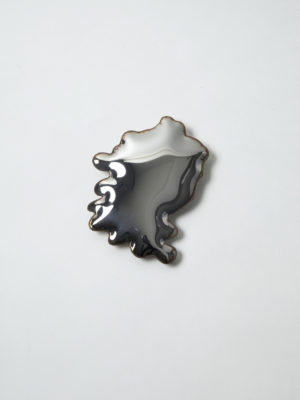
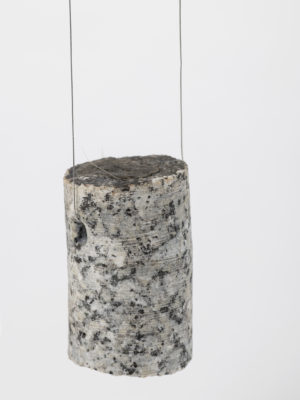
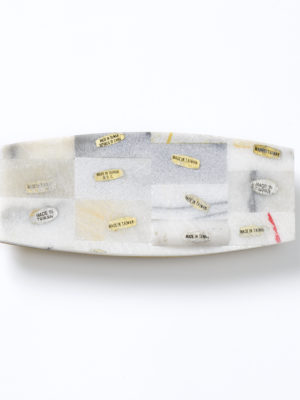
ŌĆ£I have no intention of ŌĆśstartingŌĆÖ a movement; nor do I see any obligations for artists to join or continue using Schmuckismus as their concept.ŌĆØ
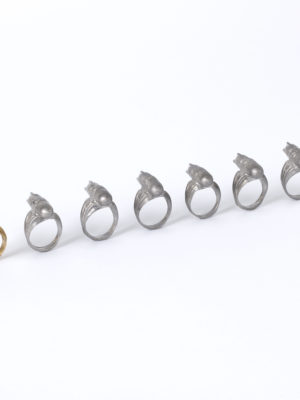
Please talk to me about the ŌĆśSchmuckismus ParadoxŌĆÖ: the exhibition engages with the significance of jewellery as a ŌĆśmirror to a critical discourseŌĆÖ, while at the same time (studio) jewellery has a reputation for being limited to the individualistic expression of a given artist.
Art is a reflection of society, and so many different approaches to making art must co-exist in order to make a profound reflection. Therefore, I donŌĆÖt think it is beneficial for the field of contemporary jewellery to pretend that there is only one general approach. There are, and there should be, many different movements within the field. One of my motivations for curating this exhibition was to point this out.
If artists define their works as individualistic objects of self-expression ŌĆō and I agree that this has been quite a dominant movement for the last while ŌĆō then I expect they have profound reasons for choosing this approach. For me, jewellery is a sign of group belonging, and it is strongly connected to cultural and political developments, so this is where I place my focus. Defining jewellery in relation to its social significance gave me an understanding of the importance of artistic work within a society, and from this I have also gained as an artist, since it has made all worries about the selfishness of artistic work obsolete.
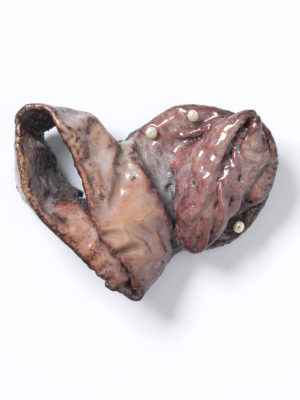

Could adding an ŌĆś-ismŌĆÖ (-ismus) to jewellery (Schmuck) ŌĆō implying a system, philosophy, ideology or movement ŌĆō be considered a call to arms? And do you think artists might have a hard time being tied up with a movement? In other words, what are your intentions with the title?
In curating this exhibition, I gave a title to an approach that was already ongoing within contemporary jewellery. The specific philosophy behind SCHMUCKISMUS already existed in various forms internationally. Using an ŌĆś-ismŌĆÖ to create awareness of a particular phenomenon is a known method within the fine arts, and the ŌĆś-ismŌĆÖ in SCHMUCKISMUS refers to this.
I have no intention of ŌĆśstartingŌĆÖ a movement; nor do I see any obligations for artists to join or continue using Schmuckismus as their concept. Rather, I see an opportunity to create a discourse that might help to sharpen expressions, no matter whether the intentions of a particular artist are in line with Schmuckismus or not. Also, even among the chosen artists, I don’t believe that everybody would want to have their work always defined as Schmuckismus, but they were willing to engage with the concept ŌĆō willing to let me put this lens on their work.
For me, this is not a contradiction, since all artists develop and shift their focus from time to time. What was important for me was to make people aware of the potential that jewellery has for engaging in sociopolitical discourse.

Please talk about the connections you make between colonialism and how the loss and depreciation of true spiritual or political significance when it comes to body adornment has basically led to jewellery being seen as superfluous, or read as stereotypically ŌĆśfeminineŌĆÖ.
It is evident that symbols and the symbolic meaning of materials, for example, have lost their significance in Western cultures, in so far as symbolic meaning has become a matter of individual interpretation instead of something that is generally recognised.
There are many historical developments that can be referenced to explain this. Within the jewellery discourse, it is mainly the loss of religious symbolism that is named. This is one important factor, but for me many politically motivated developments are also of great significance. For example, there is the history of colonisation, and the ensuing appropriation of materials from other cultures that would become ŌĆśfashionableŌĆÖ within Western culture. I suggest that, on a general semantic level, the ŌĆśreadabilityŌĆÖ of jewellery has suffered because of this, since jewellery expresses its narratives through the cultural references of its materials and forms.
In addition, many of the materials that were acquired during imperialism, such as ivory, have of course undergone a complete reversal of cultural meaning and cannot be worn uncritically today. In this I also see consequences for the acceptance of jewellery as a cultural sign, since the narratives of materials most often lead to issues of environmental or humanitarian concern, and therefore people in the Western culture are reluctant to do so.
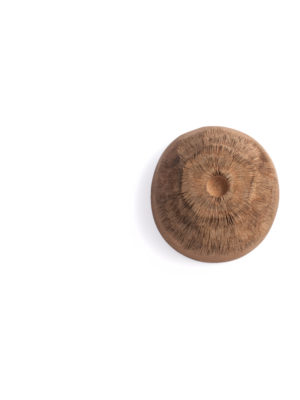
You speak of the social significance that jewellery had for ancient civilisations and continues to have for indigenous cultures, while the exhibition showcases work made by a new generation of artists. When do you think jewellery has had the most power, either for you personally or with regard to human history ŌĆō and I mean powerful enough to warrant an ŌĆśismŌĆÖ?
Jewellery has since the very beginning had social significance, and examples of this can be found throughout history and in many different cultures. In my opinion, jewellery still has the same powers ŌĆō the only difference is that postmodern societies choose not to acknowledge this on a general level. What is, however, acknowledged is for example the use of the safety pin as jewellery (or antijewellery) within the punk movement of the 70s. The use of ŌĆśblingŌĆÖ is also acknowledged, as a sign of a music style, and in the early 80s would indicate the specific origins of artists. Clearly, these examples show that jewellery still has a social significance, but they also show that in order for the significance to be recognized, it has to happen outside of mainstream culture. Of course, neither punks nor hiphop musicians would add the suffix ŌĆśismŌĆÖ to what they were part of ŌĆō such constructions are anchored in academic discourse ŌĆō but a movement that has a strong sociopolitical origin and that is also based in identity politics could be described as such.
Other interesting examples for me are the use of jewellery by the suffragettemovement, and the strict renunciation of jewellery in male fashion after the French revolution. In our present time, within Western culture, jewellery is generally perceived as a matter of individual expression, although there are many examples that prove that jewellery still has great cultural significance beyond its commercial aspects. Very recently, this has become clear in the development of queer and gender theories, which show us that the appearance of an individual can never be seen solely as a matter of individual expression. Jewellery has the fantastic potential to embrace this contradiction.
ŌĆ£For me, jewellery is a sign of group belonging, and it is strongly connected to cultural and political developments, so this is where I place my focusŌĆØ
This article was first published in the #5 Current Obsession Paper for Munich Jewellery Week

